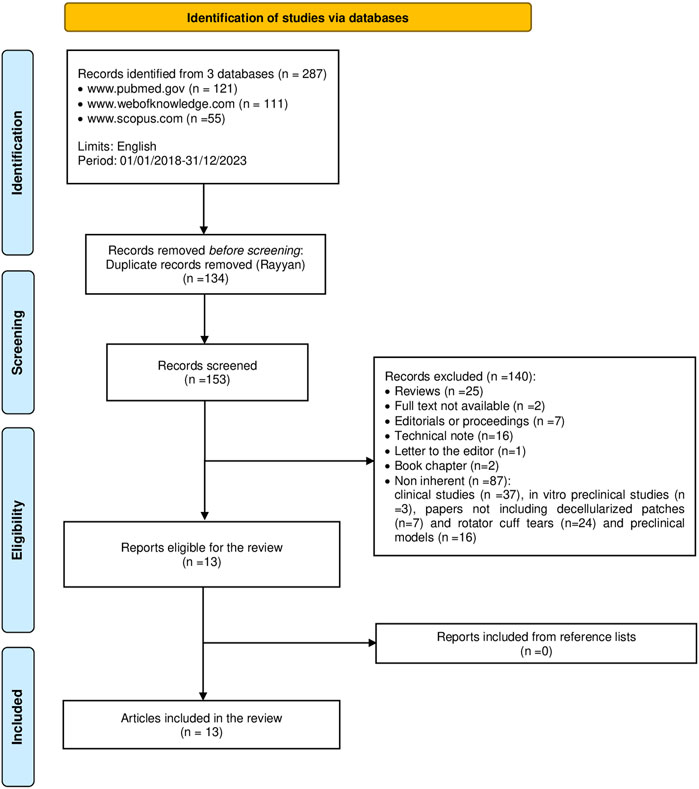Modes of rotator cuff failure. Notes: ( A ) Intact repair on MRI. Note

Download scientific diagram | Modes of rotator cuff failure. Notes: ( A ) Intact repair on MRI. Note the position of the musculotendinous (MT) junction at the midpoint of the humeral head. ( B ) Failure with defect on MRI. Note the defect at the greater tuberosity and the significantly retracted position of the MT junction. ( C ) Failure with continuity on MRI. Note the continuous tissue extending to the greater tuberosity despite significant retraction of the MT junction. White arrows in A–C show position of the MT junction. ( D ) Illustration of failure with defect. ( E ) Illustration of failure with continuity. Illustrations by David Schumick, BS, CMI. Reprinted with the permission of the Cleveland Clinic Center for Medical Art and Photography © 2015. All Rights Reserved. Abbreviation: MRI, magnetic resonance imaging. from publication: Rotator cuff repair: Challenges and solutions | Each year, 250,000 rotator cuff repairs are performed in the United States at a cost of $3 billion. Despite advancements in repair techniques and rehabilitation, 20%-70% of repairs continue to undergo structural failure; however, there is a poor correlation between clinical | Rotator Cuff, Repair and Platelet Rich Plasma | ResearchGate, the professional network for scientists.

MR Imaging of Rotator Cuff Injury: What the Clinician Needs to

What Does A Rotator Cuff Repair Involve?, 59% OFF

Frontiers Decellularized biological matrices for the repair of rotator cuff lesions: a systematic review of preclinical in vivo studies

Predictive Factors of Retear in Patients With Repaired Rotator Cuff Tear on Shoulder MRI

Arthroscopic repair of posterosuperior rotator cuff tears with

Rotator Cuff Repair: Bridging the Gap Through Engineering

Healing rates after rotator cuff repair for patients taking either

Predictive Factors of Retear in Patients With Repaired Rotator Cuff Tear on Shoulder MRI

Campbell Orthopaedic Journal, Vol. 9 by CampbellFoundation - Issuu